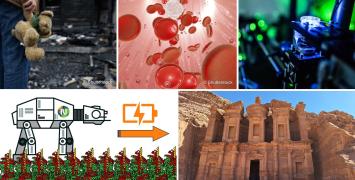
To win an ERC Synergy Grant, scientists must demonstrate that their proposed research cannot be carried out by a single investigator working alone. The normal “excellence” criteria for successful ERC grant applications therefore takes on an additional aspect of demonstrating an outstanding intrinsic synergetic effect.
Ultimately the ideal would be that during the course of the project the researchers both learn from each other and establish a new research trend on a global scale. The following five examples from the 2019 batch of 37 research projects show how synergy can be interpreted and shown in a number of ways.
Making the most of sunlight
Photosynthesis is a fundamental process on Earth, harnessing the energy of sunlight to generate the oxygen we breathe and the food we eat. However, plants and other photosynthetic organisms absorb only a fraction of the available solar energy, and incur further losses converting this energy into biomass. Enhancing the collection and storage of solar energy for photosynthesis could improve food and energy production, and the PhotoRedesign group will use their ERC Synergy Grant to take up this challenge.
The PhotoRedesign team is at the forefront of photosynthesis research in complementary fields, including regulation, synthetic biology, biosynthesis of chlorophyll, and the assembly of photosynthetic pigment-protein complexes. Dario Leister is Chair of Plant Molecular Biology at the Ludwig-Maximilians-Universität München. Josef Komenda is Head of the Laboratory of Photosynthesis at the Czech Academy of Sciences’ Institute of Microbiology. Neil Hunter is Krebs Professor of Biochemistry at the University of Sheffield.
The research funded with an ERC Synergy Grant will combine expertise in genetics, biochemistry and biophysics to design novel versions of photosynthesis that could allow crop plants to utilise more energy from sunlight leading to increased biomass (food) and enhanced biofuel production by microbial cell factories.
Project: Redesigning the Photosynthetic Light Reactions (PhotoRedesign)
ERC funding: € 7,496,829 for 6 years
Researchers and Host institutions:
 |  | 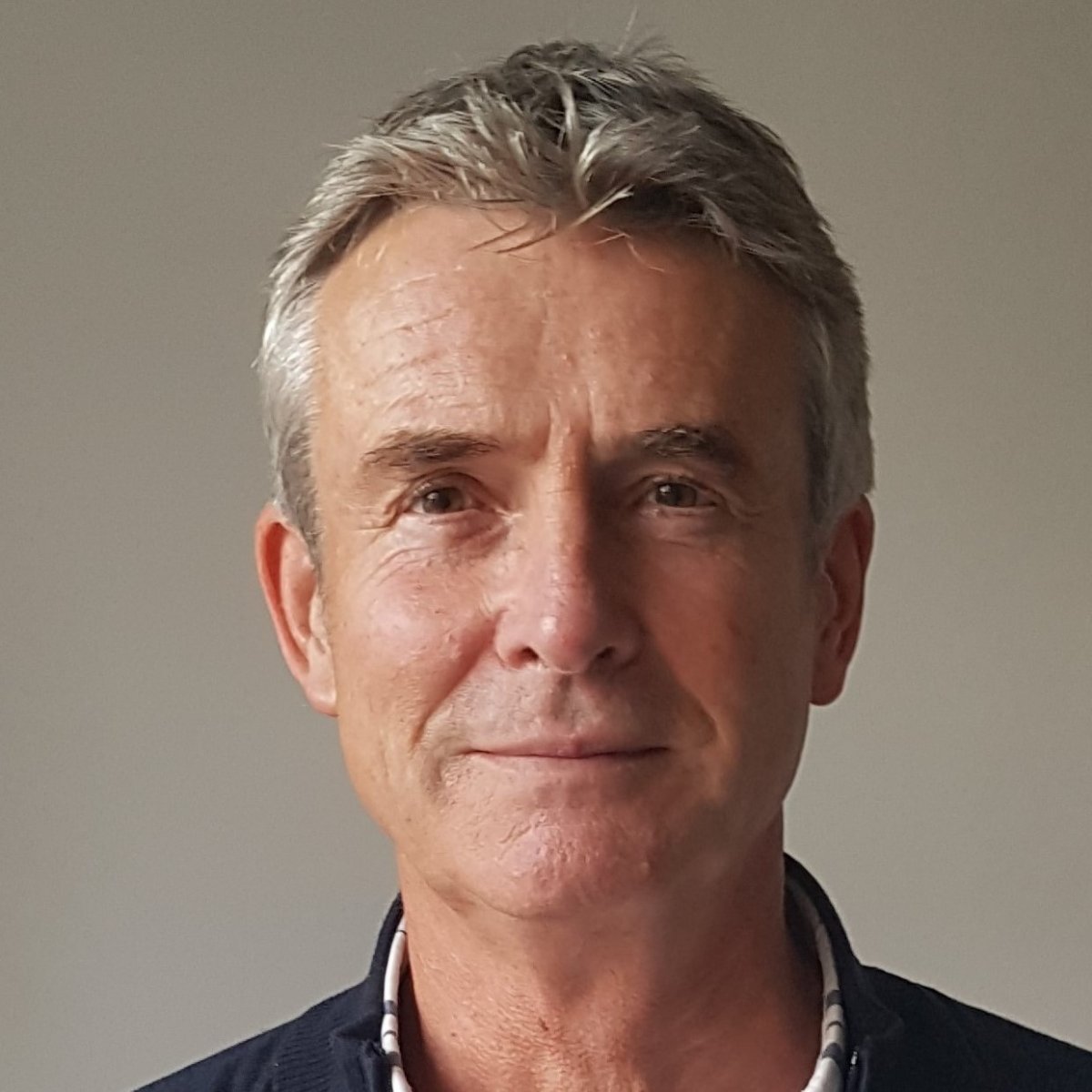 |
| Dario Leister Ludwig-Maximilians-Universität München (LMU) - Germany | Josef Komenda Institute of Microbiology of the Czech Academy of Sciences – Czech Republic | Neil Hunter University of Sheffield - UK |
New dynamics and risks between cities and climate
Climate change and urbanization are two global megatrends that transform human life and directly impact each other. There is a fundamental disconnect between how climate and urban system science analyse and model these processes and phenomena.
The new urbisphere project aims to change how the scientific community conceptualises, classifies and predicts the climate system and urban planning in cities. The project will create a deep understanding of socio-economic dynamics and human responses to climate and extreme events as well as urban transformation. The team will explore how urbanization, human behaviour and technology changes in cities will impact climate change and how impacts of climate change will influence urban populations and their vulnerability and their adaptive capacity. It will also provide new insights into associated risks at present and in the future.
The ERC-funded research team will forecast future urban states and climates - while considering weather, air quality, differential exposure and vulnerability of people - from neighbourhood to city scale. These aspects will be explored in different European and global cities, such as London, Stuttgart, Shanghai and Nairobi.
Four researchers based in Germany, Greece and the UK will use their expertise to integrate different computational and observational approaches to create a coupled, dynamic and unified assessment and modelling system to better understand feedbacks between cities and climate change. Physicist Nektarios Chrysoulakis will work with spatial / urban planner Jörn Birkmann and meteorologist/geographer Sue Grimmond, as well as climatologist Andreas Christen. The team will bring expertise from previous work and study in Canada, the USA, New Zealand, Asia and Africa.
Project: Coupling dynamic cities and climate (urbisphere)
ERC funding: € 12,720,904 for 6 years
Researchers and Host institutions:
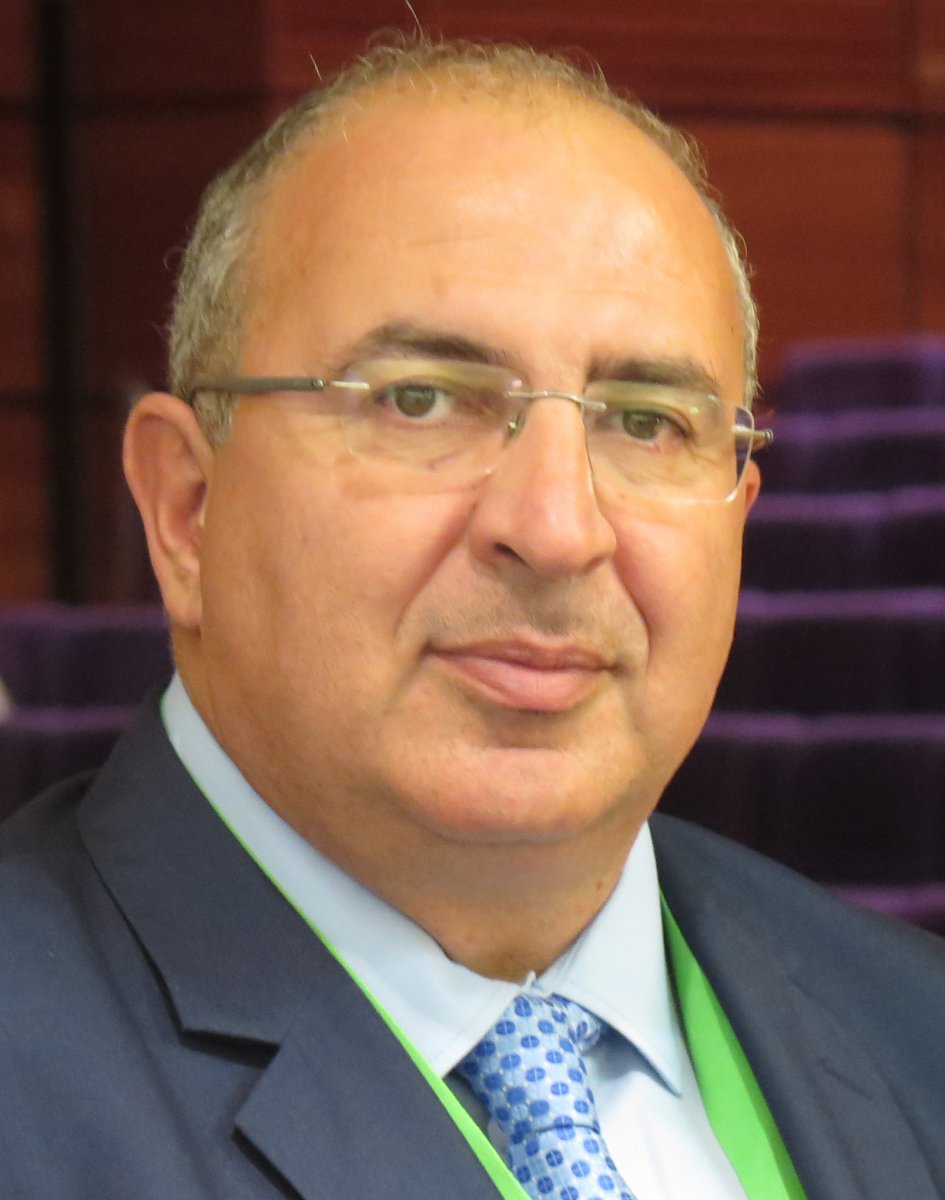 |  | 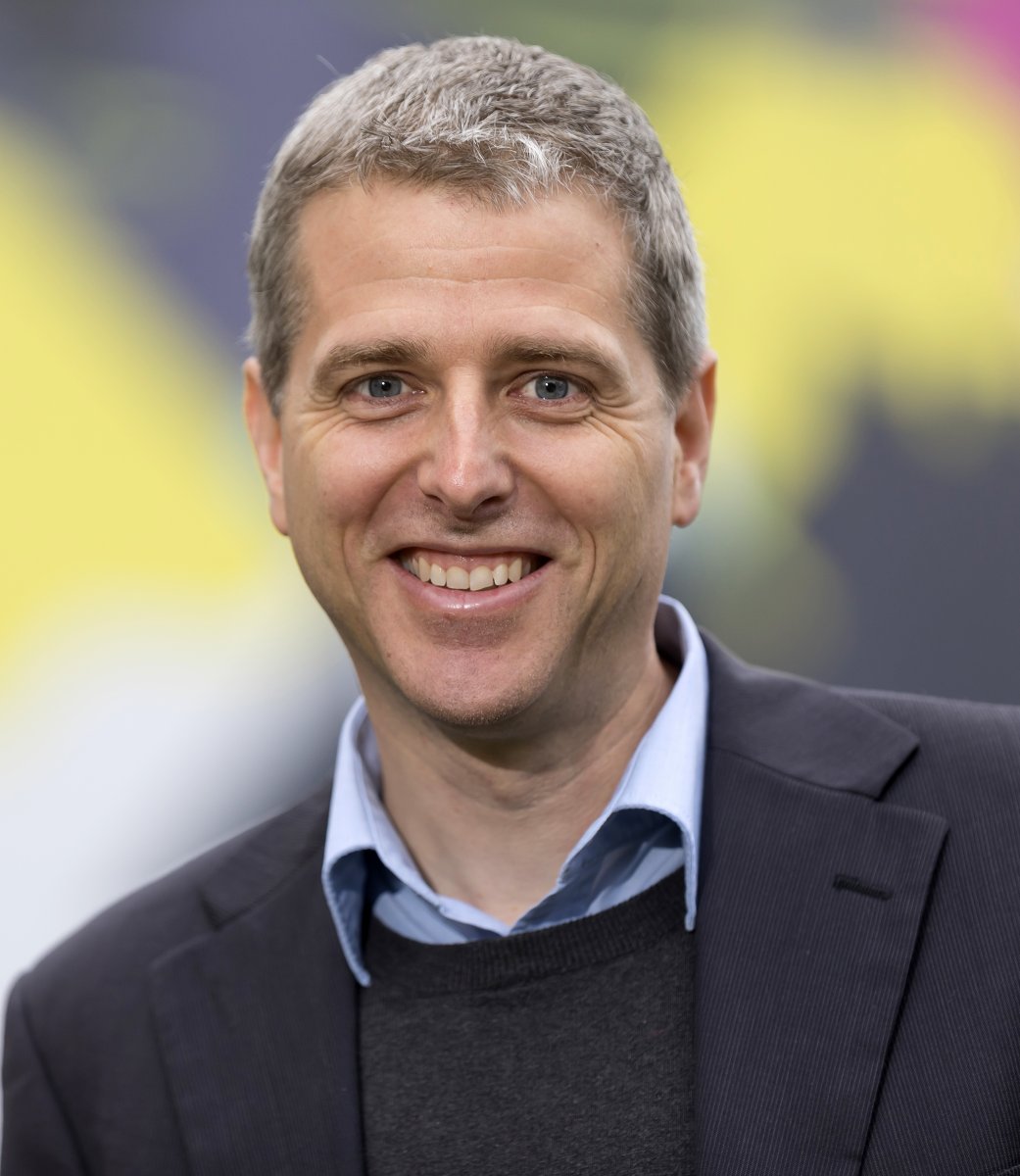 | 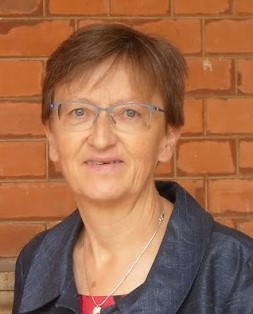 |
| Nektarios Chrysoulakis Foundation for Research and Technology Hellas - Greece | Joern Birkmann Universität Stuttgart - Germany | Andreas Christen Albert-Ludwigs-Universität Freiburg - Germany | Sue Grimmond University of Reading - UK |
Pushing the limits of earthquake predictability
The United States Geological Survey registered 134 potentially catastrophic earthquakes with magnitudes of 6 or above in 2018. Earthquakes are one of the most significant hazards for human society, and at the same time, it is currently not possible to predict the next devastating event. Despite decades of intense research, scientists are still unable to forecast with accuracy where and when the phenomenon will occur and tell in advance its magnitude. The lack of appropriate experimental facilities for observing earthquakes at close hand hampers the more in-depth understanding of the fundamental physics at play.
The construction by ETH Zurich and the Werner Siemens Foundation of the new underground experimental facility in the Bedretto tunnel under the Alps may offer a unique opportunity to perform fault stimulation and earthquake experiments on a scale and depth not available until now. A multidisciplinary team of researchers funded by the European Research Council will conduct the first-ever program that will push back the current limits of earthquake predictability. The new knowledge will also drive experiments for the safe utilisation of geoenergy resources conducted in the Bedretto lab.
The project will benefit from complementary but unique competencies and synergies from four leading scientists in the domain: Prof. Dr Domenico Giardini, Chair of Seismology and Geodynamics at the ETH Zürich, a leading expert in seismic hazard assessment. Prof. Florian Amann, Chair of Engineering Geology at RWTH Aachen specialised in geomechanical processes associated with natural hazards, enhanced geothermal systems and clay shales on all scales. Prof Dr Massimo Cocco, Director of Research at the Istituto Nazionale di Geofisica e Vulcanologia, expert focused on the physics of earthquakes and faults. Prof Dr Stefan Wiemer, Chair of Seismology and Director of the Swiss Seismology Service (SED), works on the effects of earthquakes and investigates which processes in the earth’s crust trigger these events.
Project: Fault Activation and Earthquake Rupture (FEAR)
ERC funding: € 13,797,250 for 6 years
Researchers and Host institutions:
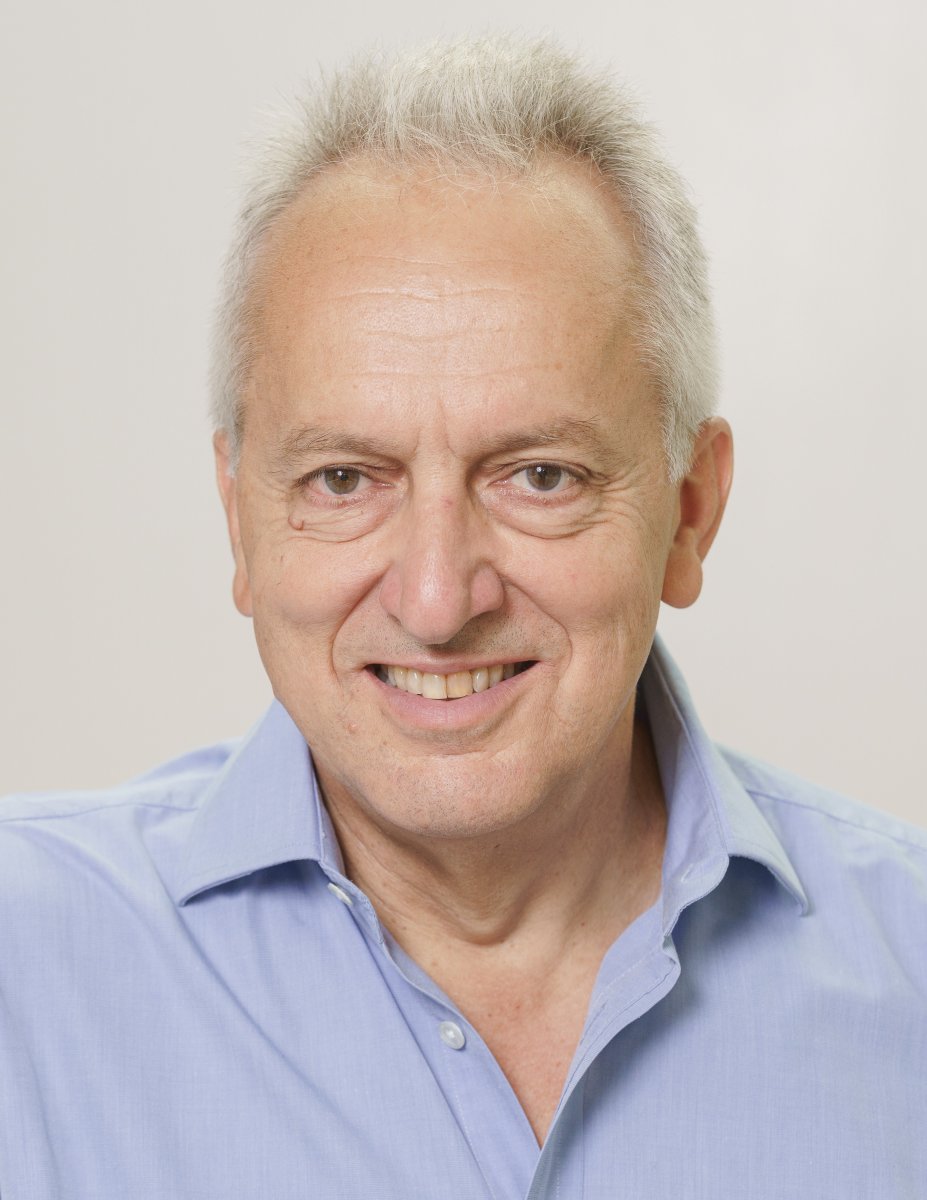 | 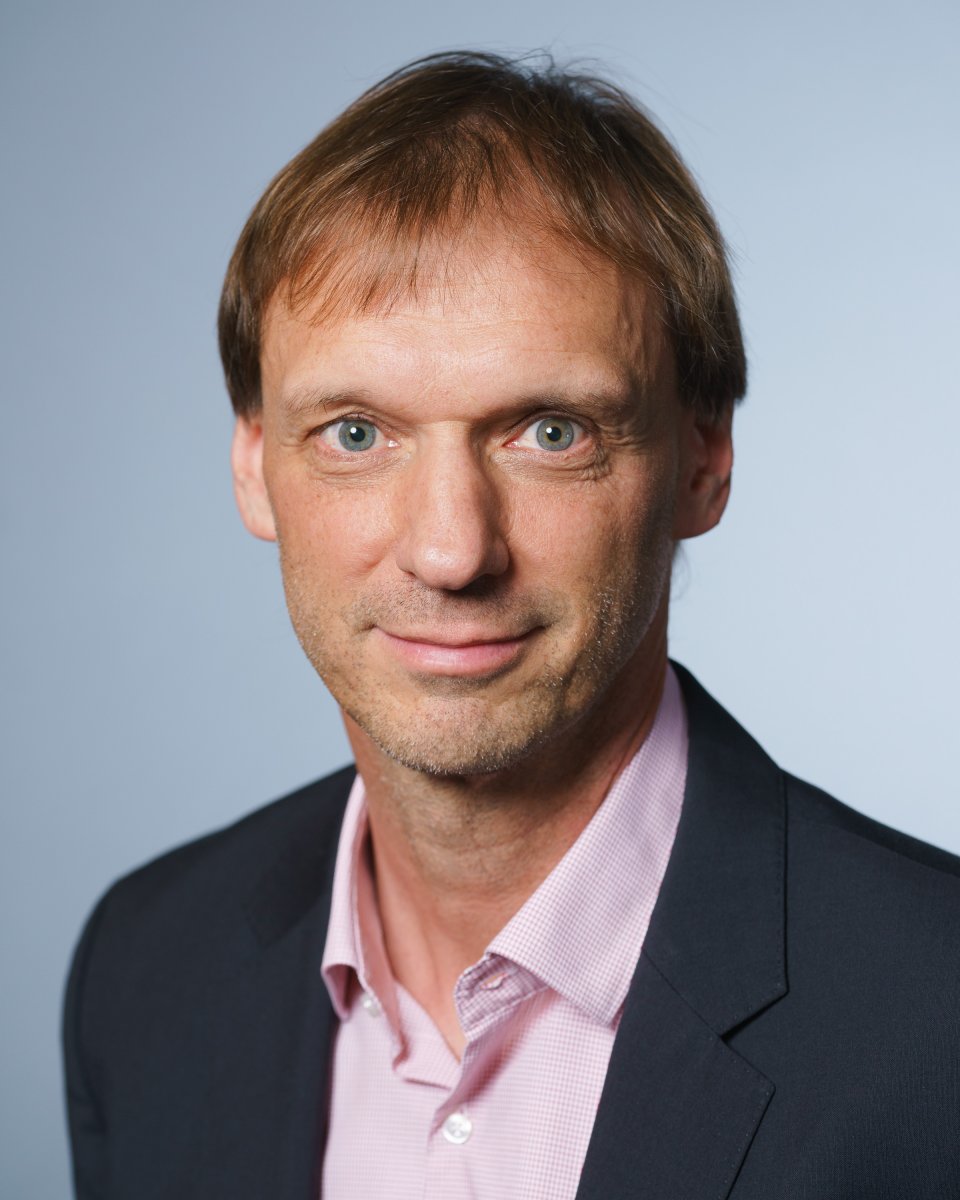 |  | |
| Domenico Giardini ETH Zürich - Switzerland | Stefan Wiemer ETH Zürich - Switzerland | Florian Amann RWTH Aachen University - Germany | Massimo Cocco National Institute of Geophysics and Volcanology - Italy |
Cleaner chemical conversions
Europe’s chemical industry produces more than 300 million tons of fertilizers, pharmaceuticals, construction materials and other essential goods every year. This requires large quantities of oil, gas and biomass, as well as an efficient way to convert these into a wide range of valuable products.
The urgent question is how to improve the conversion process, make it cleaner and do more with less. Novel methods for selective carbon-hydrogen activation may provide a solution, enabling direct and environment-friendly chemical transformations. This would reduce the massive global impact of the chemical industry.
The research, proposed by a team of leading experts in synthetic and biological catalysis, spectroscopy and computational methods, will explore novel catalysts for carbon-hydrogen activation, using both synthetic and biological tools. Ultimately, they hope to enable the selective oxidation of methane to methanol, which is crucial as methanol is a central building block in our chemical industry.
Prof. Unni Olsbye is renowned for her contribution to the fundamental understanding of catalysts based on zeolites and metal-organic frameworks. Prof. Vincent Eijsink is recognised for his work on enzymes that activate carbon-hydrogen bonds at a fundamental and applied level. Prof. Serena DeBeer is at the forefront of advanced spectroscopy developments. And, Prof. Silvia Bordiga is a lead expert in optical and hard X-ray spectroscopy applied to nanoporous catalytic materials.
Project: Unravelling the secrets of Cu-based catalysts for C-H activation (CUBE)
ERC funding: € 9,885,988 for 6 years
Researchers and Host institutions:
 |  |  |  |
| Unni Olsbye University of Oslo, Norway | Vincent Eijsink Norwegian University of Life Sciences, Norway | Silvia Bordiga University of Turin, Italy | Serena DeBeer Max Planck Institute for Chemical Energy Conversion, Germany |
Cancer: beating it on its own game
Millions of new cases of cancer are diagnosed every year, and a definite cure still eludes us. So far, the most successful strategy to fight the disease it is to attack, and destroy, tumorous cells. But what if, instead, we could act on the nature of the cell itself, changing its aggressive character and avoiding the terrible consequences of current invasive therapies?
Through their new ERC Synergy Grant, Prof. Igor Adameyko, Prof. Susanne Schlision, Prof. Peter Kharchenko and Dr Olivier Delattre will integrate innovative molecular and statistical techniques, developmental as well as computational biology, to find a way to act on the nature of the carcinogenic cells itself. This would prevent the frequent evolution of cancer cells into their aggressive and deadly metastatic phase.
To do so, they will work on understanding the signals that tumour cells exchange between each other and with the outside world, and how these signals lead to cell differentiation. If they can understand the secrets of these messages, they can use them to trigger desired transformations and change the nature of the cancer.
Prof. Adameyko is a developmental biologist at the Medical University of Vienna. Prof. Schlisio is a cancer biologist working at Karolinska Institute, in Sweden. Prof. Kharchenko holds Gilbert S. Omenn endowed chair at the Harvard Medical School in the US. He is a computational biologist renowned for his studies on mathematical methods for single cell analysis. Finally, Dr Delattre is a paediatrician and cancer geneticist working at Institut Curie in France. Their interdisciplinary work may a key piece of the puzzle of new cancer treatments.
Project: Using cell-cell interactions to unlock new cancer treatments: Forcing neural crest tumors back onto the developmental path (kill-or-differentiate)
ERC funding: € 9,377,155 for 6 years
Researchers and Host institutions:
 |  | 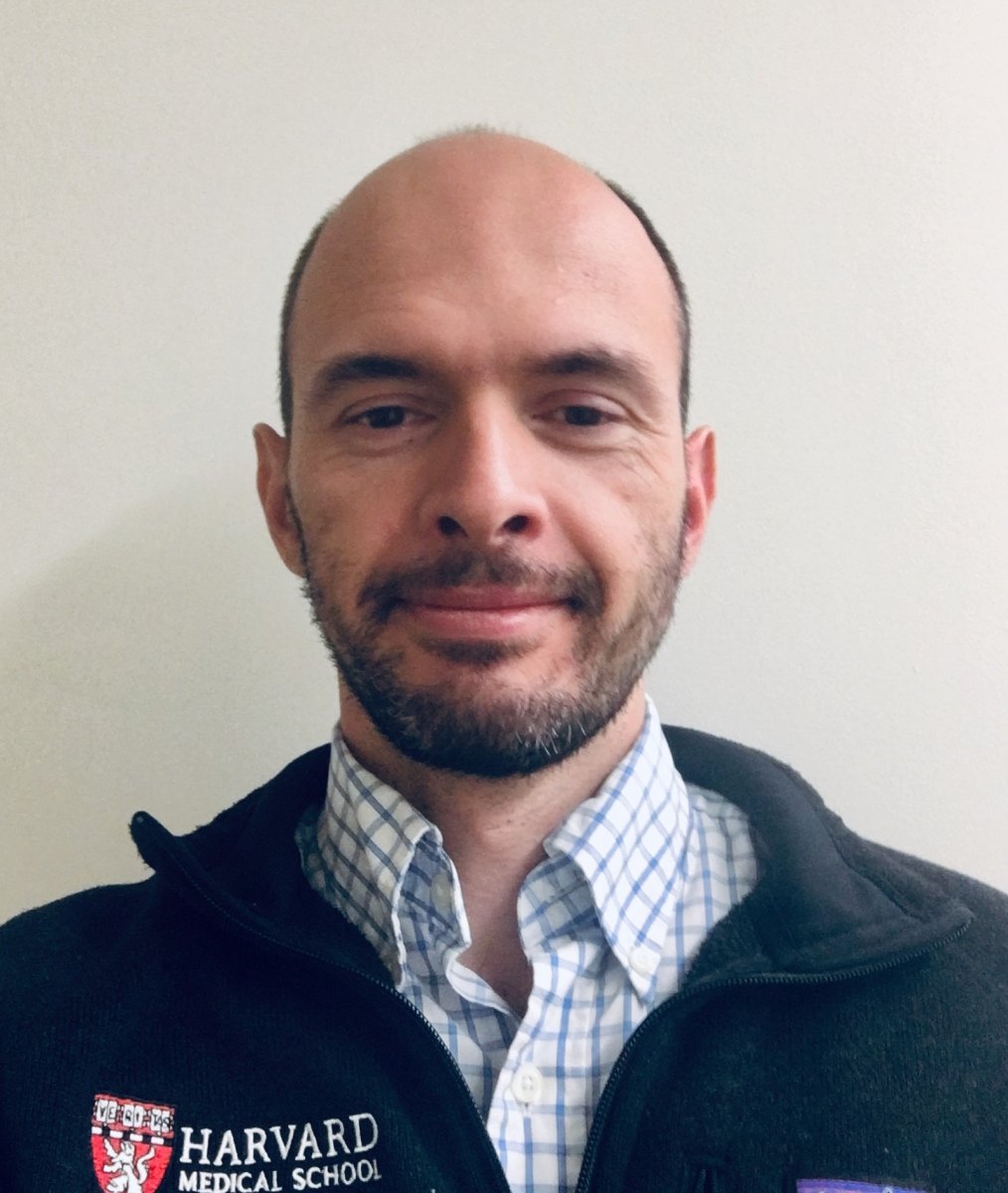 |  |
| Olivier Delattre Institut Curie, France | Susanne Schlisio Karolinska Institutet | Peter Kharchenko Harvard Medical School, USA | Igor Adameyko Medical University of Vienna |


